Bulgogi, a cornerstone of Korean cuisine, is a dish that combines tender slices of beef marinated in a sweet and savory sauce. The term "bulgogi" translates to "fire meat," reflecting its traditional preparation over an open flame.
Typically, bulgogi uses ribeye, sirloin, or tenderloin beef, which offers a juicy and flavorful experience. The meat is marinated in a mixture of soy sauce, sugar, sesame oil, garlic, and other ingredients, which enhances its rich taste and tenderizes it further.
Bulgogi's versatility makes it a favorite in many households and restaurants. It can be grilled on a barbecue, cooked on a stovetop griddle, or stir-fried in a pan, and promises a delightful bite every time, whether served with rice, wrapped in lettuce leaves, or included in a stir-fry.
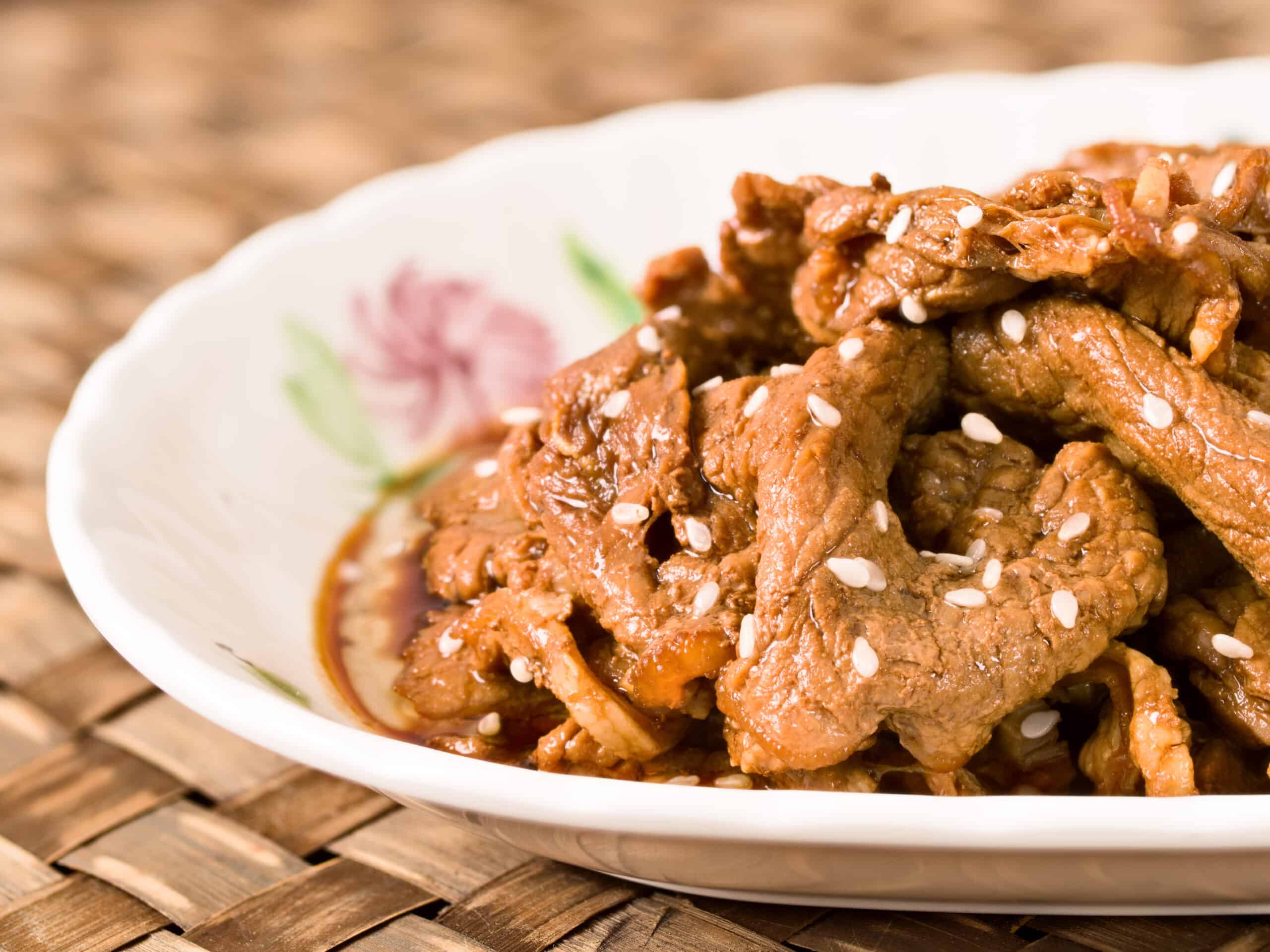
Jump to:
⌛ History and Origin
Cultural Significance
Bulgogi, which means "fire meat", holds a special place in Korean cuisine and was initially enjoyed by royalty, later on becoming popular among Koreans of all social classes.
Korean barbecue, often featuring bulgogi, plays a significant role in social gatherings where families and friends gather around a grill to cook thinly sliced, marinated beef or pork. This dining experience enhances relationships and creates lasting memories.
Another key aspect is its deep connection to ancestral traditions. Serving bulgogi during rites not only honors ancestors but also strengthens family bonds and preserves cultural heritage while seeking their blessings.
Evolution Over Time
The history of bulgogi dates back to the Goguryeo era (37 B.C. – 668 A.D.), when it was originally known as maekjeok—skewered meat grilled over an open flame. This traditional cooking method underscores its "fire meat" origins.
Over centuries, the dish evolved into neobiani, a marinated beef delicacy reserved for the elite. The name bulgogi and its modern form emerged more recently, with the introduction of soy sauce during the Joseon Dynasty (1392–1897) playing a key role in enhancing its marinade and deepening its flavor.
Further changes occurred under Japanese rule when limited access to beef led Koreans to adapt by using pork or chicken, diversifying the dish. Today, bulgogi is not just a historical staple but also a modern favorite, enjoyed in Korean BBQ restaurants worldwide.
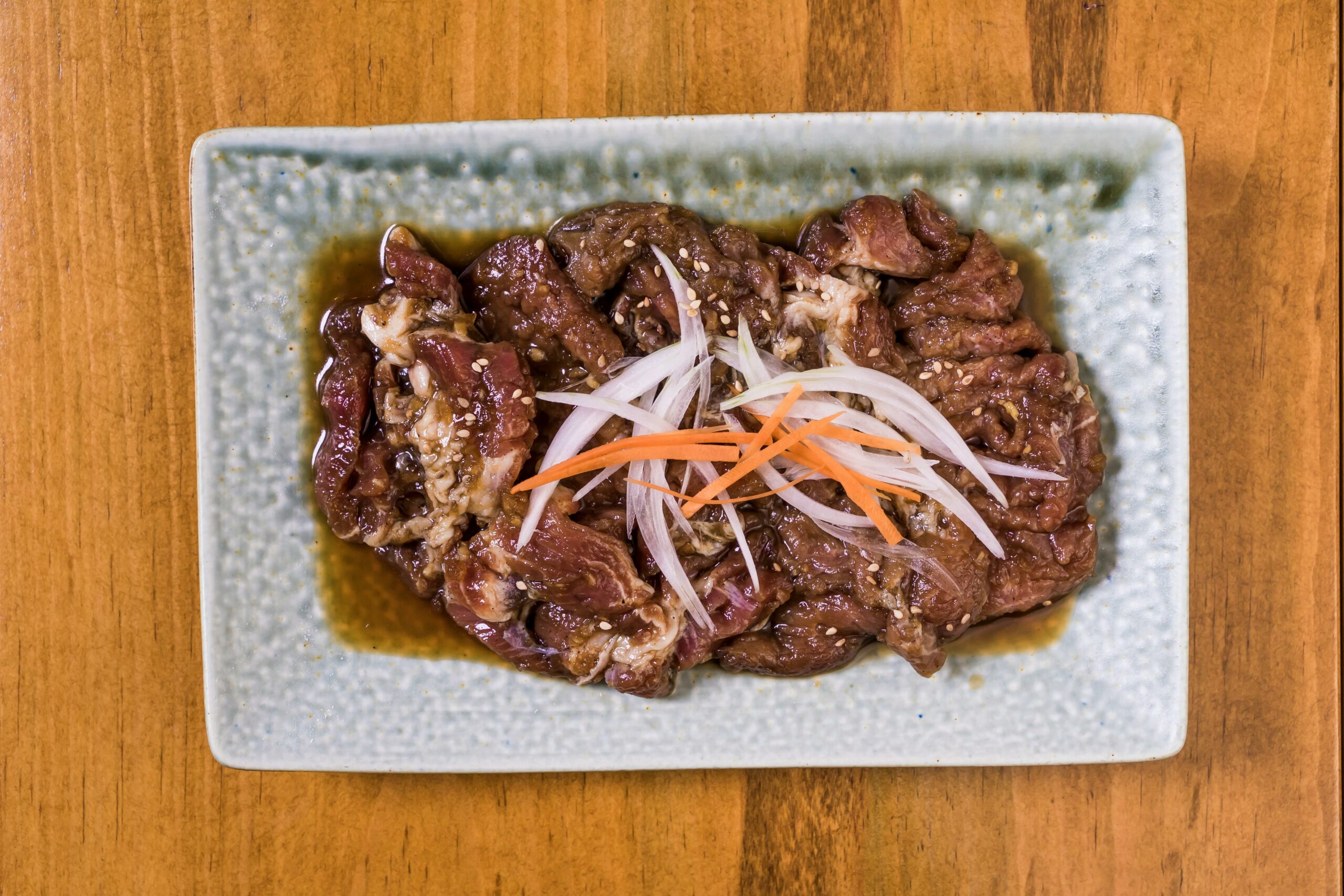
🥩 Key Ingredients
Meats Used in Bulgogi
The primary meat used in bulgogi is beef, particularly cuts like ribeye, sirloin, or tenderloin. These cuts are chosen for their tenderness and ability to absorb the marinade’s flavors well. Beef is thinly sliced to ensure it cooks quickly and evenly.
Pork and chicken are also popular alternatives to beef, each offering a unique twist on bulgogi. Pork bulgogi tends to be spicier due to its distinct seasonings, while chicken bulgogi provides a lighter yet flavorful option. Regardless of the meat, thin slicing is essential for even cooking and maintaining tenderness.
Marinade Essentials
The marinade is the key to bulgogi’s distinctive flavor. A traditional blend of soy sauce, sugar, sesame oil, and garlic creates a perfect balance of salty, sweet, and savory notes, enhancing the meat’s taste and tenderness.
Other common additions include grated onions and Korean or Asian pear, which add sweetness while naturally tenderizing the meat. Some recipes incorporate ginger, green onion, scallion, pepper, or even apple or kiwi for extra depth and complexity. Brown sugar is another option, enhancing the marinade with a rich, caramel-like sweetness.
The ingredients are combined, and the meat is left to marinate for several hours, allowing the flavors to fully absorb. This process ensures the meat becomes tender, juicy, and packed with the rich flavors that define bulgogi.
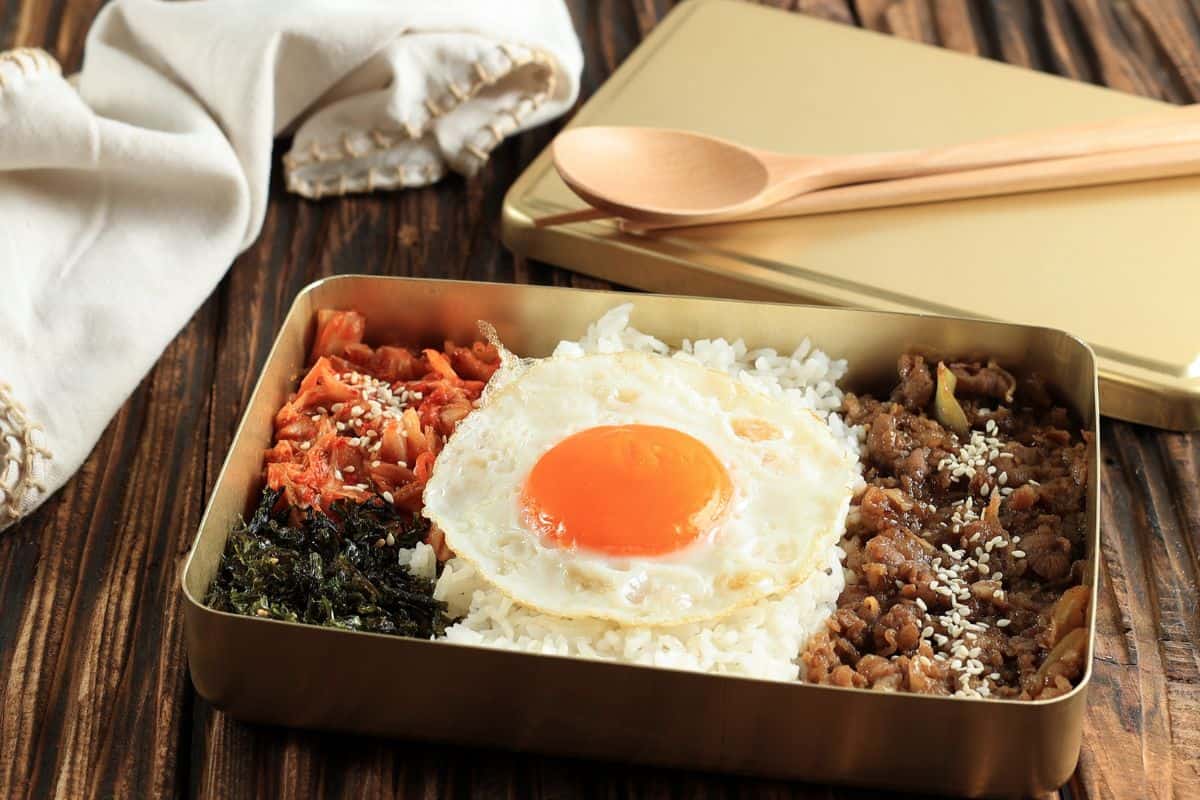
🍛 Preparing Bulgogi
Meat Selection and Preparation
Choosing the right meat is crucial for bulgogi, with traditional cuts like sirloin, ribeye, and tenderloin prized for their tenderness and marbling. Flank steak and skirt steak are also good options but may require extra care when slicing.
The meat should be sliced thinly, ideally about ⅛ inch thick, to allow better marinade absorption and ensure quick cooking. While a butcher can assist, it's also possible to do at home with a sharp knife.
Expert tip: Partially freezing the meat for about 30 minutes makes slicing much easier.
Marinating Process
Marinating is essential for achieving bulgogi’s signature flavor. While at least 30 minutes is sufficient, marinating overnight enhances the depth of flavor.
For shorter marination times, a meat tenderizer can help. This step ensures the meat stays juicy and flavorful during cooking.
Cooking Methods
Bulgogi can be cooked using various methods, each adding a unique flavor. Grilling over charcoal is the traditional approach, imparting a distinct smokiness, but gas grills or a grill pan also work well.
Alternatively, stir-frying on high heat in a cast-iron skillet is a popular indoor method that quickly caramelizes the marinade while preventing overcooking. Adding sesame seeds and scallions toward the end enhances both flavor and texture.
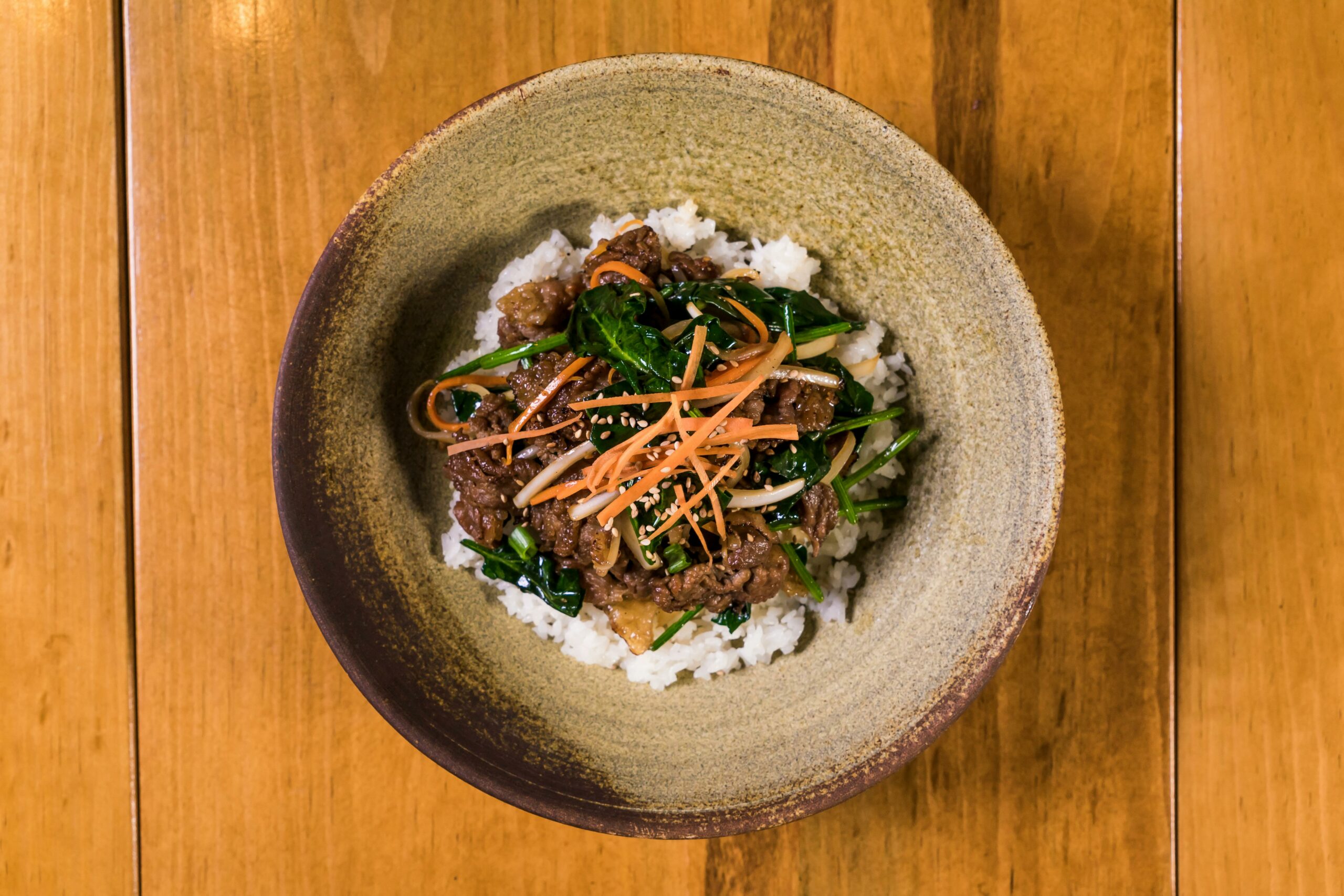
🍽️ Serving Suggestions
Traditional Accompaniments
When serving bulgogi, traditional sides are a must. Steamed rice, the most common pairing, perfectly soaks up the savory juices. Kimchi, with its spicy and tangy flavor, complements bulgogi’s sweet and savory taste.
Banchan, a variety of small side dishes like bean sprouts, spinach, and pickled vegetables, adds texture and balance to the meal.
Lettuce leaves are often used to make ssam, or lettuce wraps, allowing diners to wrap bulgogi with carrots and a dab of ssamjang for a fresh, crunchy bite. For a final touch, sprinkle toasted sesame seeds over the bulgogi to enhance its nutty flavor.
Modern Pairings and Presentations
For a modern twist, try bulgogi tacos. The savory beef pairs perfectly with soft taco shells, complemented by shredded lettuce, sliced carrots, and a drizzle of spicy mayo for a flavorful fusion.
Lettuce wraps have evolved beyond traditional ssam. For a light and fresh option, fill lettuce leaves with bulgogi, mushrooms, and sesame seeds for a flavorful, nutritious bite.
Rice bowls offer a versatile way to enjoy bulgogi. Serve the savory beef over a bed of rice, topped with sautéed spinach, carrots, and bean sprouts for a colorful and flavorful presentation.
For a unique appetizer, serve bulgogi on small skewers with a flavorful dipping sauce. Blending traditional and modern elements adds a creative touch, making for an unforgettable dining experience.
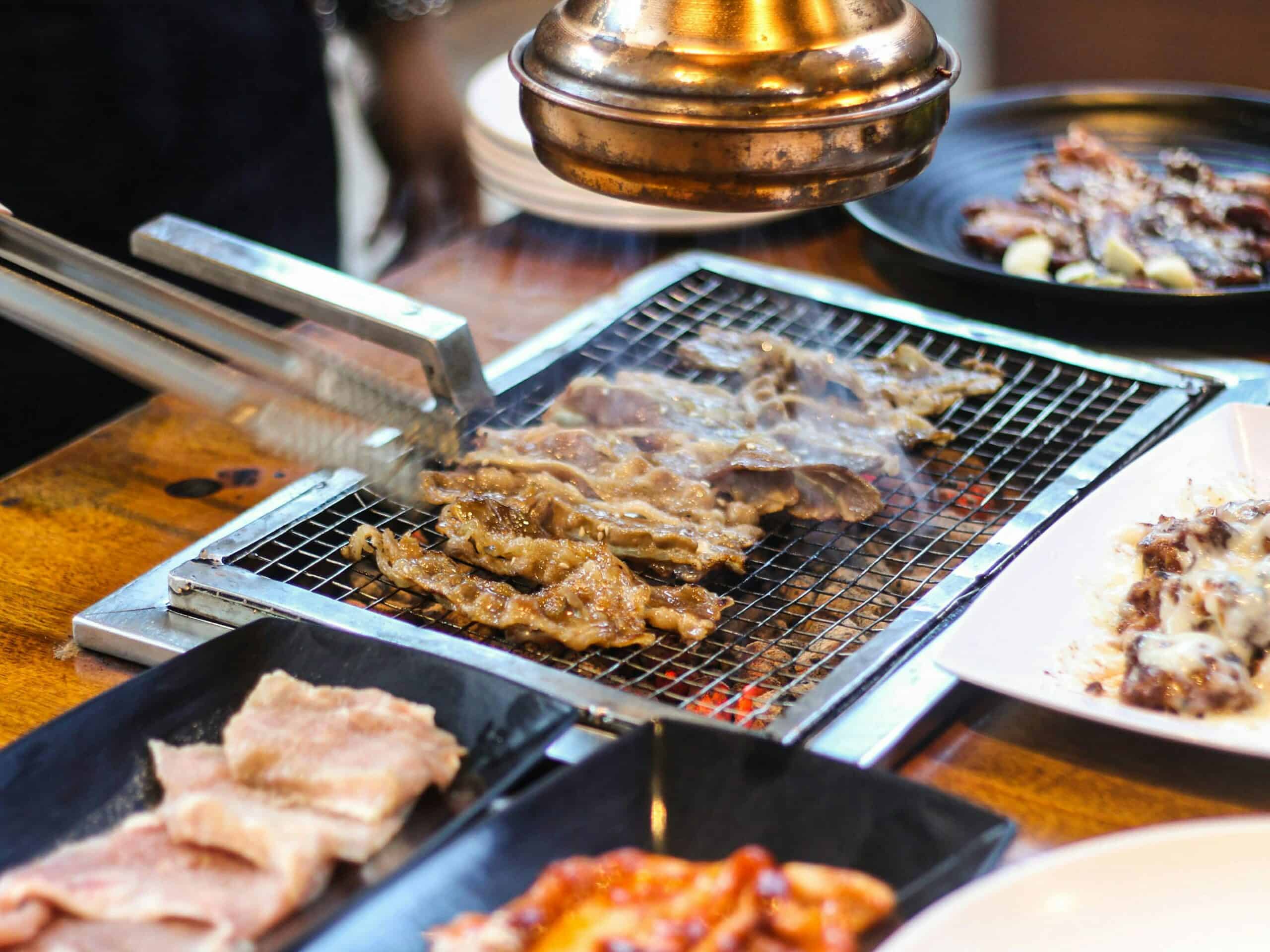
🔪 Culinary Techniques and Tips
Achieving the Perfect Grill
Grilling bulgogi is an art that starts with proper heat control. Preheat your barbecue grill or skillet to medium-high, ensuring it's hot enough without burning. For an authentic smoky flavor, opt for charcoal or a cast-iron grill.
Lightly coat the grill with cooking oil before adding the meat, ensuring even cooking and preventing sticking. Maintain a consistent grill temperature, as bulgogi typically takes 3 to 5 minutes per batch to reach the perfect doneness. Flip the meat once during grilling to keep it tender and avoid overcooking.
Marinating Insights
Marination is key to bulgogi’s rich flavor. A classic marinade combines soy sauce, sugar, garlic, rice wine, and toasted sesame oil. For the best results, let the beef marinate for at least 30 minutes, though several hours or overnight will enhance the depth of flavor.
Adding a tenderizer like kiwi or pineapple helps soften the beef more quickly, while thinly sliced onions, green onions, and mushrooms enhance the marinade's flavor. During grilling, occasionally pouring small amounts of the leftover marinade over the meat keeps it moist and flavorful.
🍡 Variations and Related Dishes
Regional Varieties
Across Korea, bulgogi varies by region, each offering a unique twist. In Seoul, it is typically made with beef marinated in soy sauce, garlic, and sesame oil, then grilled to perfection.
In the Andong region, bulgogi is prepared with marinated beef in a broth base, giving it a rich, soupy consistency. Unlike the grilled version, this style is stewed, allowing the flavors to deepen and develop throughout the meal.
In other regions, like Jeju Island, bulgogi is commonly made with pork belly, marinated similarly to the beef version but offering a distinct texture and flavor. This variation is often served with a selection of Korean side dishes, such as kimchi and pickled vegetables, enhancing the meal with various complementary tastes.
Fusion and Experimental Bulgogi
Bulgogi has evolved beyond its traditional roots, inspiring fusion and experimental dishes.
In Western cuisine, bulgogi tacos have gained popularity, pairing marinated beef with fresh vegetables and Korean spices in a tortilla. This creative dish blends the bold flavors of Korea with a Mexican twist.
Chefs continue to innovate with vegetarian bulgogi, using mushrooms or tofu to replicate the rich, marinated taste of traditional beef bulgogi while catering to plant-based diets.
Some even incorporate bulgogi sauce into pizzas, burgers, and sandwiches, blending its signature flavor with popular fast-food favorites.
Fusion bulgogi dishes not only appeal to food lovers but also highlight the versatility of this Korean classic. These creative variations can be found at food trucks, restaurants, and even in home kitchens, making bulgogi a globally adaptable favorite.
👨⚕️ Nutritional Information
Calories
A typical serving of bulgogi, around ¾ cup or 3 ounces, contains about 200 calories. These calories come from the beef and the marinade used.
Protein
This Korean dish is rich in protein, serving around 22 grams. The high protein content supports muscle building and repair.
Fat Content
Bulgogi's fat content varies depending on the cut of beef used. A common serving contains about 12 grams of fat, which can change if the beef has more or less marbling.
Marbling
The marbling in the beef affects both flavor and fat content. Cuts like ribeye have more marbling, making them tastier but slightly higher in fat.
Summary Table
| Nutrient | Amount per Serving (3 oz) |
|---|---|
| Calories | 200 |
| Protein | 22 grams |
| Fat | 12 grams |
This simple table provides an easy way to see bulgogi's nutritional value at a glance. It showcases the macronutrients essential for a balanced diet.
🍄🟫 Shopping Guide for Ingredients
Selecting Meats and Produce
For the best bulgogi, go for tender cuts like ribeye, sirloin, or tenderloin, which absorb marinades well and remain juicy when cooked. If shopping at a Korean market, look for pre-sliced beef labeled for bulgogi, or ask the butcher for thinly sliced cuts to ensure the perfect texture.
Fresh vegetables like scallions, mushrooms, and onions are essential for enhancing bulgogi's flavor. For a fruity twist, adding Asian pear or kiwi to the marinade not only tenderizes the meat but also introduces a subtle sweetness.
If Asian pear isn't available, Bosc or Korean pear make excellent substitutes.
Here's a quick list:
- Beef cuts: Ribeye, Sirloin, or Tenderloin
- Vegetables: Scallions, Mushrooms, Onions
- Fruits: Asian Pear, Kiwi, Korean Pear, Bosc Pear
Sourcing Authentic Condiments
Condiments are key to the savory-sweet flavor of bulgogi. Look for soy sauce, sesame oil, garlic, and sugar. These basic ingredients form the foundation of the marinade. For a deeper, richer taste, include gochujang (Korean chili paste), which adds a mildly spicy kick.
These condiments are typically available at Korean markets or in the Asian section of large grocery stores. For a hint of nuttiness, sprinkle sesame seeds over the cooked dish. Adding rice wine or mirin enhances the depth of flavor, creating a more balanced and complex taste.
Make sure to get:
- Soy Sauce
- Sesame Oil
- Garlic
- Sugar
- Gochujang
- Sesame Seeds
- Rice Wine or Mirin
Using fresh and authentic ingredients ensures your bulgogi will be flavorful and close to traditional Korean tastes.
❓ Frequently Asked Questions
The main ingredients for bulgogi sauce include soy sauce, sugar, sesame oil, garlic, and ginger. Some recipes also use pear or apple for extra sweetness and a bit of fruitiness. Gochujang or red pepper flakes can be added for some heat
To make traditional bulgogi, you marinate thinly sliced beef in soy sauce, sugar, sesame oil, garlic, and ginger. After marinating for a few hours, cook the beef in a hot pan or grill until it's browned and tender. Serve with rice and vegetables.
Thinly sliced ribeye or sirloin is commonly used for bulgogi because these cuts are tender and absorb the marinade well. This helps the meat remain juicy and flavorful after cooking.
Bulgogi has a savory, slightly sweet flavor with a bit of smokiness from grilling. Teriyaki, on the other hand, is usually sweeter and has a stronger soy sauce flavor. Both are delicious, but bulgogi offers a more complex taste with its blend of ingredients.
Bulgogi is often served over rice but can also be used in many other dishes. It's a popular filling for lettuce wraps, can be added to soups and stews, or even used as a topping for noodles. It's versatile and complements many sides.
Typically, bulgogi is not very spicy. The flavor profile is sweeter and more savory. However, you can make it spicier by adding ingredients like gochujang or red pepper flakes. Adjust the heat level according to your preference.

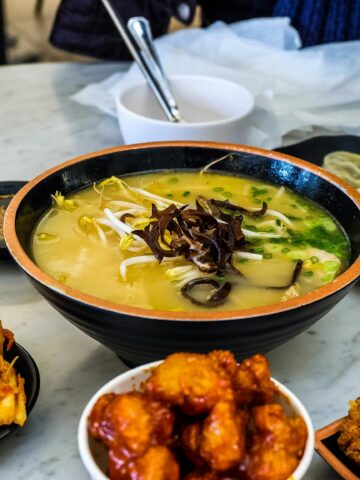
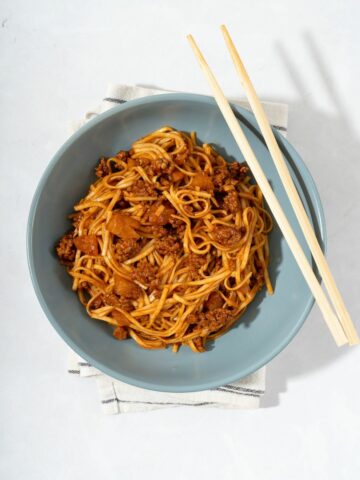
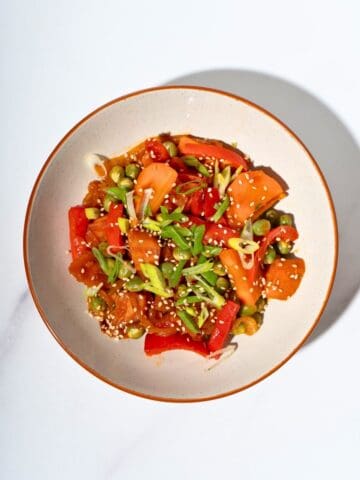
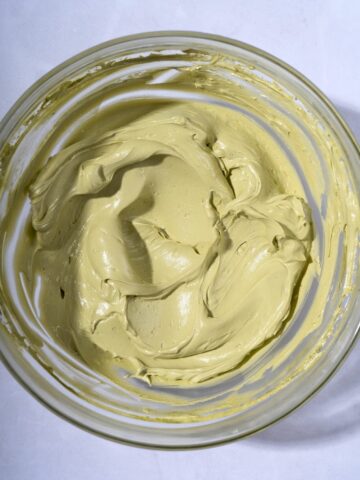
Comments
No Comments